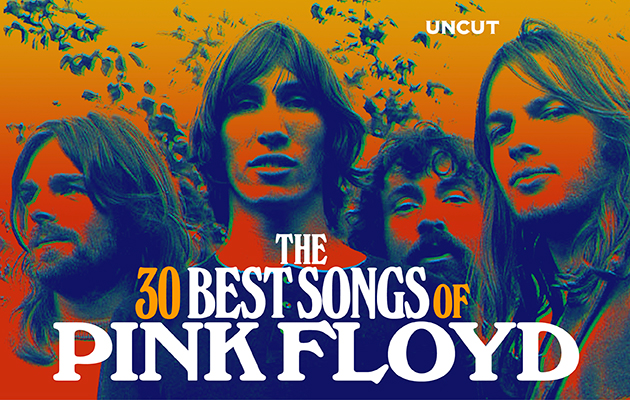

It’s a thin pleasure, it’s true, but in the past it has provided this writer with a vital justification for buying greatest hits albums by beloved artists. In reality, though, is a little light shuffling so bad – least of all if conducted in the privacy of one’s own sitting room or car? (And, on that subject, we’ll wait to see if Adele is serious enough about this purge to send an electrician round to disable the shuffle button on my 15-year-old CD player.) There is a pleasure in hearing familiar songs in an unfamiliar order. (Both those acts, among other progressives, spent the 70s propounding the high-minded belief that chiselling 7-inch singles from 12-inch albums was philistinism on a par with Michelangelo deliberately snapping an arm off one of his statues.)
PINK FLOYD GREATEST HITS FULL
Indeed, those same purists might well suggest that Adele should get back to us when she is ready to go full Led Zeppelin/Pink Floyd in this cause. Indeed, art-rock purists might even argue that Adele lost her right to stand shoulder-to-shoulder with them when she released a single in advance of her new album (‘Easy on Me’, track two, as it turned out) and then, two days before release day, posted a video of herself previewing a second song (‘To Be Loved’, track 11), suggesting that her larger project could, in fact, be broken into smaller pieces and heard out of sequence if she needed it to be. In that context it was perhaps mildly surprising to find Adele coming down so heavily on the side of the concept album. Because what actually is an album? A loosely bound collection of songs or a carefully coordinated and fully interdependent statement? A serious play or a haphazard variety show? A finished wall or a box of bricks? Yet shuffling was where Adele chose to send her formidable tanks – thereby reawakening a long dormant identity crisis which has hovered over pop albums since the 1960s, when the “long player” form truly came into its own. It’s on the shelves, but you aren’t really expecting anyone in there to tell you anything about it.Īnd that’s before we even mention the very live issue of how – and, more particularly, how little – Spotify pays artists. In a way, Spotify stocks music the way that Woolworth’s used to. Good luck finding out on Spotify who, for example, played the bass on Adele’s album, or who arranged the strings. (The pre-Spotify me would have been appalled at the speed and peremptoriness with which I sampled, judged and dismissed an entire new Sting album the other day.) Or there’s its eerie shepherding of one’s tastes by opaque algorithms, or the way it facilitates, via its app, the straining of expensively recorded music through cheap phone speakers.Īlso, this is a facility which bulk-delivers music as pure aural product with the scantiest of credits for the people behind it. There’s the manner in which, for example, its frictionless abundance enables glib and impatient browsing. The world’s most dominant music-streaming platform could easily be felt to stimulate far worse listening habits than the occasional desire to auto-jumble somebody’s carefully organised set of songs. Nevertheless, it was, perhaps, a little surprising to find shuffling quite so high on a list of things a leading recording artist could reasonably hold against Spotify. But a point has been made and we will know, as we do so, that Adele is deeply disappointed in us for ignoring all her “care and thought.”
PINK FLOYD GREATEST HITS FREE
We punters are still free to lift out individual tracks, copy them to playlists of our own devising and shuffle them until we drop. So, final score: Art 1 Shuffle Button 0, a small victory for the purity of the artist’s album-length vision – and possibly even a pyrrhic one.

“Our art tells a story and our stories should be listened to as we intended. “We don’t create albums with so much care and thought into our track listing for no reason,” Adele herself tweeted. Anything, in this case, meant removing, at Adele’s request, the shuffle facility from the page with her new album on it.


 0 kommentar(er)
0 kommentar(er)
